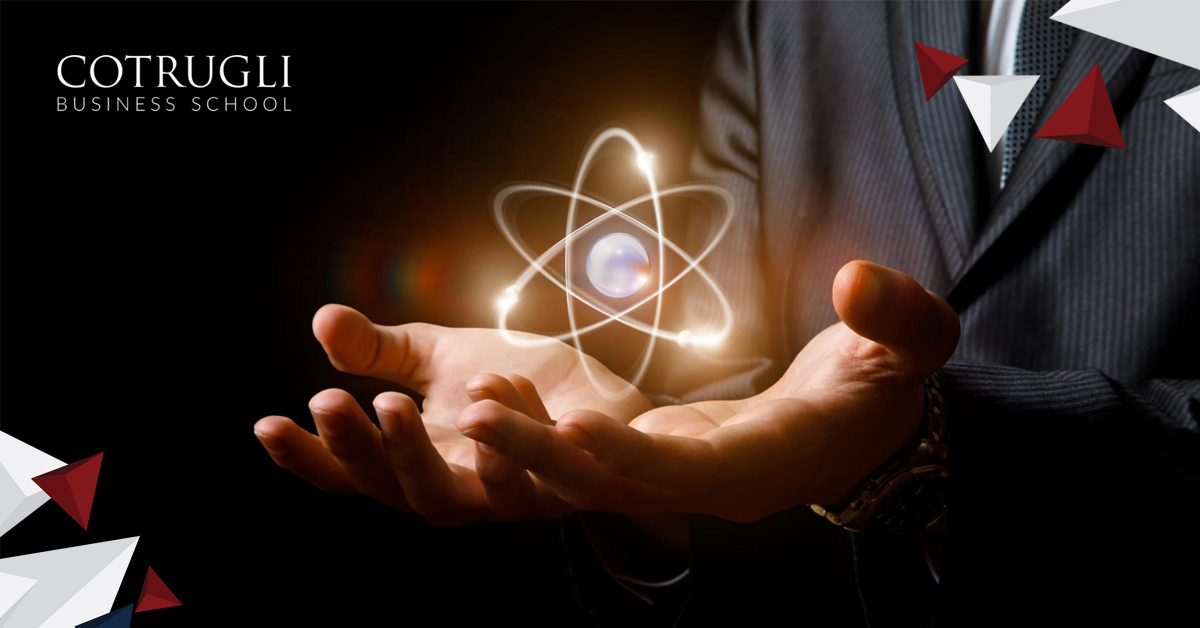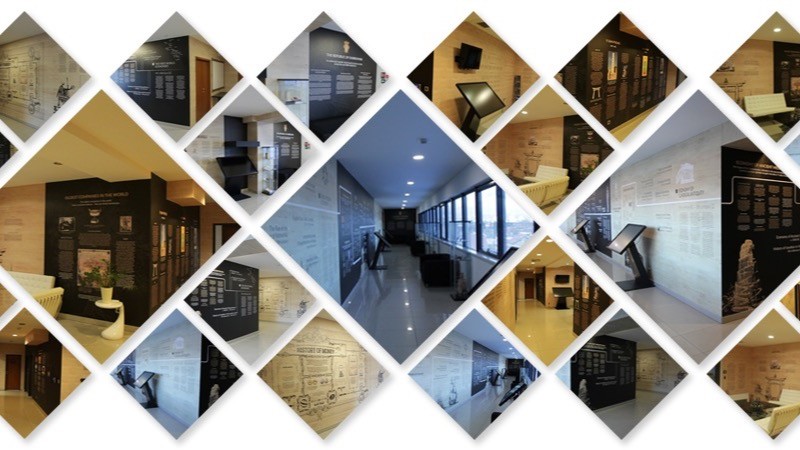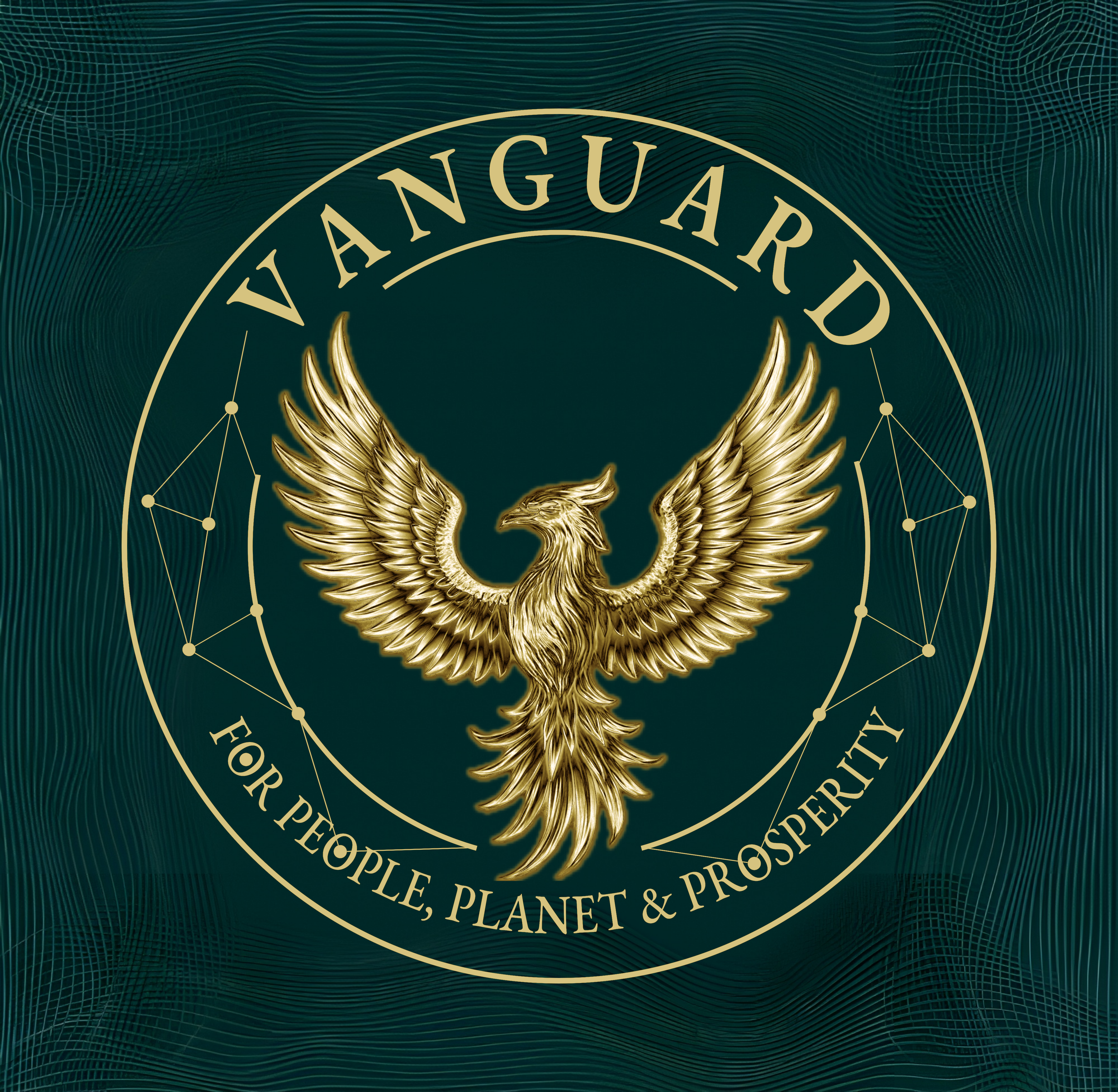There are several options available to the Croatian government for using new nuclear technology to produce domestic energy. European countries are struggling to balance a desire for a secure energy supply and a desire to make a better contribution to climate change, and advances in nuclear technology are the solution. Nuclear energy has proven to be a safe and inexpensive alternative to fossil fuels.
17/07/2025
Five centuries ago, Benedetto Cotrugli wrote The Art of Trade—a Renaissance masterwork that redefined commerce as a virtuous, civilizing force. Trade was not merely barter; it was the craft of linking societies through rules, ethics, and innovation. Today, as trade […]







